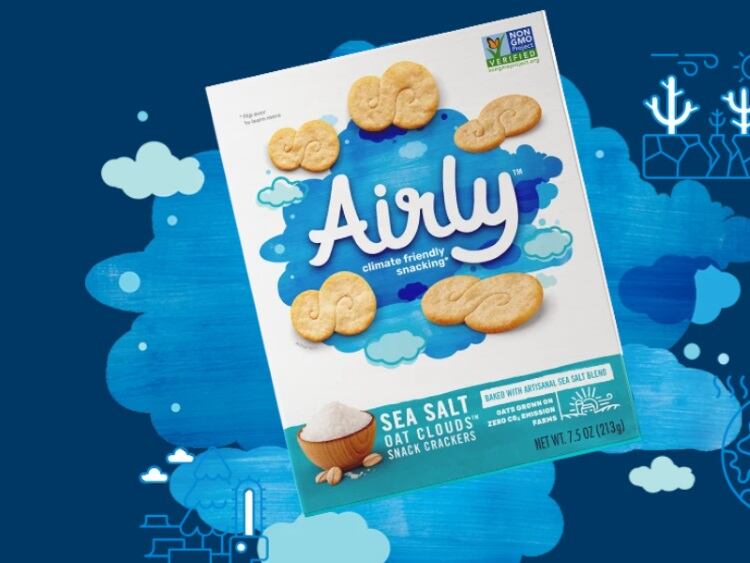Leveraging AI from more than 28,000 data sources along with food science, the ‘Spoonshort’s FoodBrain Predicts’ report examines nine emerging trends, with a particular emphasis on sustainability and health.
“We know that a large swath of the food and beverage industry depends upon our food trend reports,” said Kishan Vasani, co-founder and CEO of Spoonshot.
“We dive deep into this one so that everyone from R&D professionals and Insights teams to food startups, culinary professionals and anyone with an interest in consumer behaviour can gain actionable intelligence.”
Health
Thanks to the pandemic, immunity pretty much became the claim of the year as consumers sought out ways to guard themselves against the coronavirus. Interest in health grew by 30% in consumer media and by 29% in business media last year. However, as more people get vaccinated, interest in generic immunity will fade away, evolving into the specifics of nutrition and its impact on our bodies.
Spoonshot predicts the trends to come to the fore include food synergies and how gut health can also promote lung health.
Perfect pairings
This trend opens opportunities for producers to promote ingredient pairs for their increased benefits, such as tomatoes (lycopene, Vit A and Vit C) and broccoli (beta-carotene, isothiocyanates and indoles) that together prove more effective in slowing the growth of prostate tumours; and raspberries and chocolate, together showing an improved antioxidant absorption. The report also delves into the partners that rub each other the wrong way, such as the acids in tomatoes making it hard to digest the starch in bread, rice and pasta.
The gut-lung axis
Thanks to the coronavirus, lung health has become a major topic. Maintaining a healthy gut microbiome is certainly a major trend in 2021 – with consumer interest growing by 76% over the past five years – and recently, published research points to a connection between the gut and the lungs.
Taste & smell
According to Spoonshot, concern over the loss of smell and taste shot up by 418% in 2020 as they emerged as key symptoms of COVID-19. For bakery and snack producers, this triggers the chance to zero in on bold flavours that can be appreciated by people suffering from diminished or loss of these senses. There is also scope to play up textures and the various sensations offered by spices.
Robots
Robots will play a bigger role in the food industry, with delivery robots expanding their radius of service; robots being used to manage a number of kitchen tasks; and restaurants adopting robotic wait staff.
Sustainability
On the sustainability front, Spoonshot nods to three emerging trends: the growth and potential of lab-grown foods; how grains will be the next growth area for plant-based milks; and how upcycling can go mainstream.
Lab to fork
The first lab-grown burger was served in 2013, which took three months and £280,000 to make. Last year, two lab-grown meat providers reported a chicken breast can be made in just 14 days for a cost of less than US$4. According to Spoonshot, lab-grown food may have started with meat, but it doesn’t end there – dairy, gelatine, honey and coffee have all received the lab treatment.
Alt milks
The next growth spurt for plant-based milks will come from grains. Oat milk has already set the stage and has already overtaken the other contenders in the alt milk space. Spoonshot forecasts that in the coming years, focus on other grains like barley, quinoa and millets will come in to play.
Upcycling
Upcycling as well will see significant action in the coming years, particularly as the concept now has a formal definition and a certification programme from the Upcycled Foods Association. Upcycling still remains a niche concept among consumers, but Spoonshot predicts it will grow in popularity in the business community, having grown beyond the use of ‘ugly’ produce to something that allows extraction of valuable nutrients from byproducts.
Postbiotics
Spoonshot’s report adds two bonus trends, one already pegged as a mega trend by this site – namely, postbiotics. This is a new category of functional ingredients in the biotics space that studies indicate may have wide-ranging implications for health. Spoonshot data found that interest in postbiotics went up by 391% over the past year.
Carbon labelling
Last but not least – and again one pegged by BakeryandSnacks as one to watch - the market researcher tags carbon labelling. More and more brands are being upfront with their carbon footprint and ‘carbon labels’ are showing up on products in different formats. Examples include General Mills’ Epic Beef Barbacoa-Inspired Bar, which is the first to carry the Ecological Outcome Verification (EOV) Seal from the Savory Institute, and Airly’s climate-friendly crackers.
“The time is absolutely now for the food and beverage industry to re-examine their planned product offerings as the global industry emerges from the pandemic with vaccines being rolled out,” said Vasani.
“By releasing our report early, companies will have access to insights that can help them stay ahead during these difficult times.”




